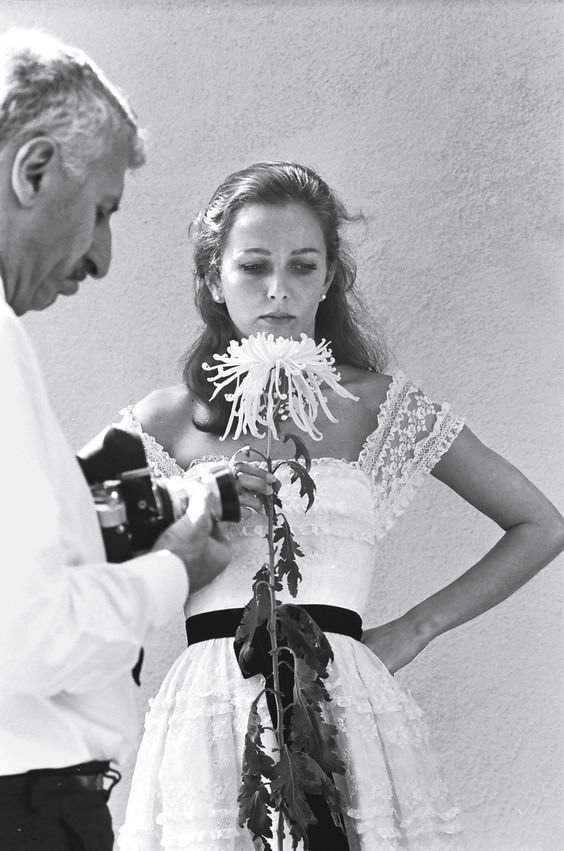Everybody Thought We Were Crazy: Dennis Hopper, Brooke Hayward, and 1960s Los Angeles
By: Mark Rozzo
Aliway Rating: 3/5
There were two things about this book that first caught my eye, its bright yellow cover and the words “1960’s Los Angeles.” Every few months I go through phases where I find myself obsessing over a certain decade, or figure from that decade. I can’t help but watch, read, and listen to everything I can find from this certain era and try my best to become an expert. This time (and it wasn’t the first) I was caught in the 60’s. I’ve always loved learning more about life in the 60’s because it seems like anyone was able to hang out and party with the biggest musicians, actors, and artists of the time simply by being a cool person and being in the right place at the right time. One idea this book pointed out to me was that so many aspects of American pop-culture were born in the 60’s. Not only was it an impactful time for political and social awakenings, such as the counterculture movement or the civil rights movement, but it was also really a decade where everyone really honed in on discovering new lifestyles through new clothes, music, and art. It’s so easy for us now to romanticize the world and aesthetics of the 60’s, especially since their lifestyles are almost impossible to achieve nowadays. If there is one thing this book will do, is show you all sides of the 60’s, the good, the bad, and the ugly of everything that went down in Los Angeles throughout this era.
Everybody Thought We Were Crazy follows the life story of one of the most iconic couples of their decade, Dennis Hopper and Brooke Hayward. They’re the perfect embodiment of the classic “wealthy girl from a dysfunctional high-society family falls for the small-town farm boy who has to make a name for himself” trope. Dennis and Brooke eventually break out of this trope and become the trendsetting “it” couple of their time, despite everything we discover about their tumultuous relationship as readers. Yet, the most notable aspect of this book is neither the scandals or the drama, but the one-of-a-kind space they created through their home for creatives, partygoers, and eccentric individuals of all kinds.
At 1712 North Crescent Heights Boulevard, in the Hollywood Hills, Dennis and Brooke assembled a magical, unique home that charmed everyone who walked through its doors. Described by Andy Warhol as “furnished like an amusement park,” we learn about how Brooke put her heart and soul into every corner of this house. Filled to the brim with eclectic art, mannequins, road signs, celebrities, and anything else you can imagine, this place existed as a perfectly curated mirror of the era. Every embellishment, item, and party that resided within this house makes it the ultimate representation of all that was right and wrong with Los Angeles in the 60’s.
I would recommend this book to anyone who wants to know the real ins and outs of the most recognizable figures of this era, and how much they impacted pop-culture as we know it today. Besides taking a deep dive into Dennis’ and Brooke’s marriage, they were the couple at the epicenter of anyone who was someone in the 60’s. Figures like Jane Fonda, Andy Warhol, The Byrds, and many others were always frequenting their home in the hills. For the art history lovers out there, this book also has some great firsthand accounts of the creation and rise of the Pop Art Movement in the US, and how Dennis and Brooke’s personal tastes aligned with the popularization of this style of art. I specifically fell in love with Brooke Hayward’s eclectic taste and shameless dedication towards surrounding herself with the items and people she loves.






